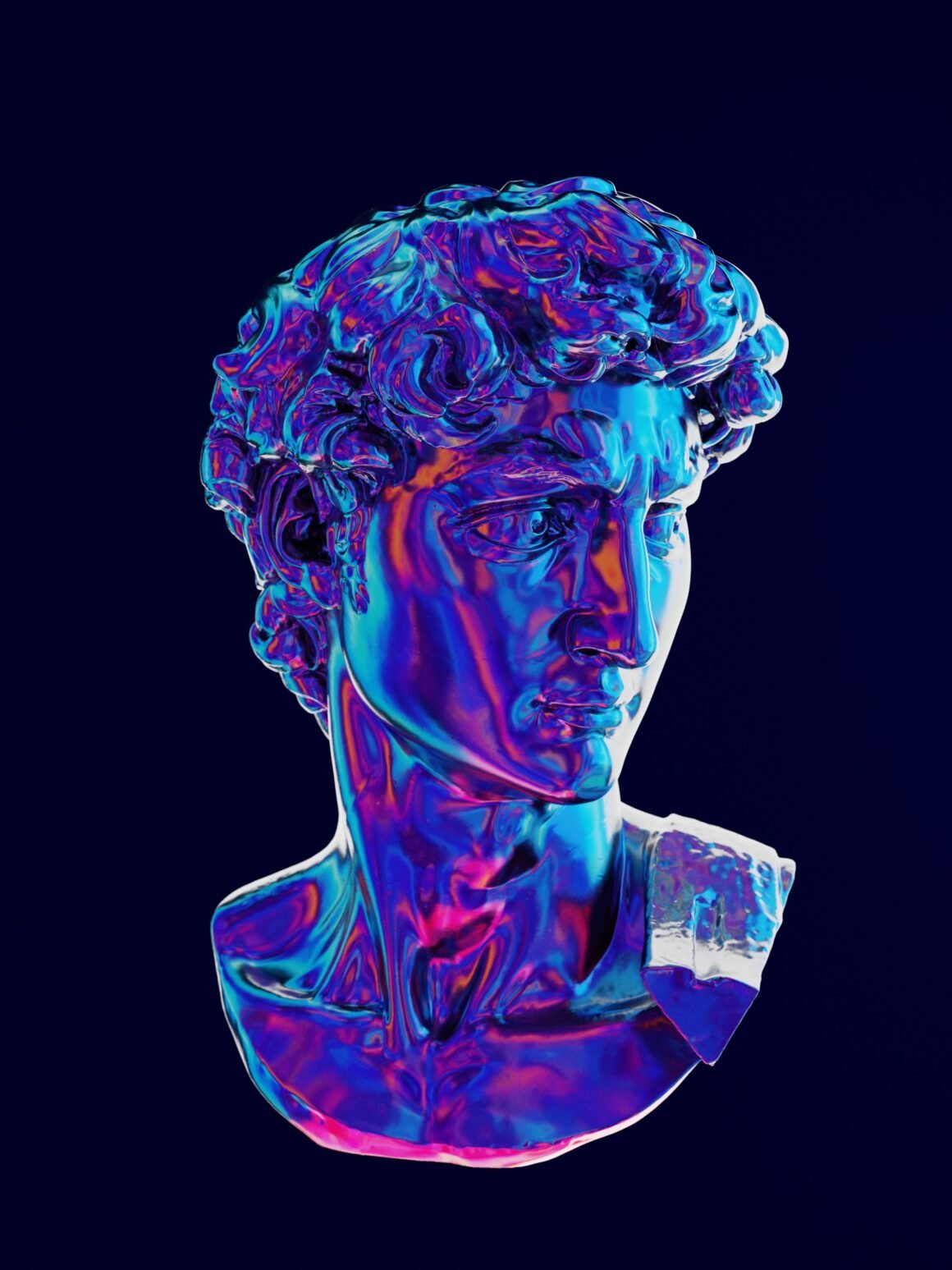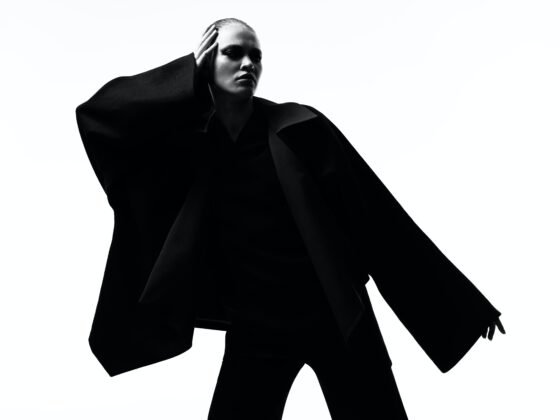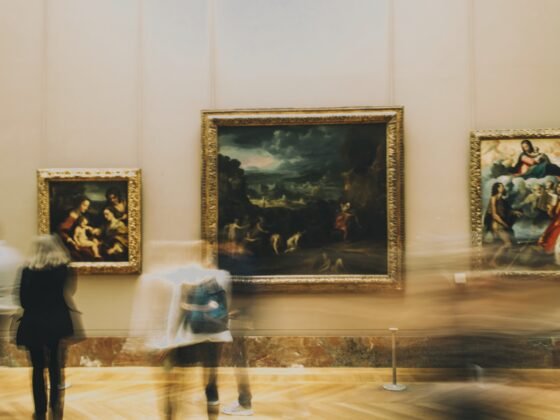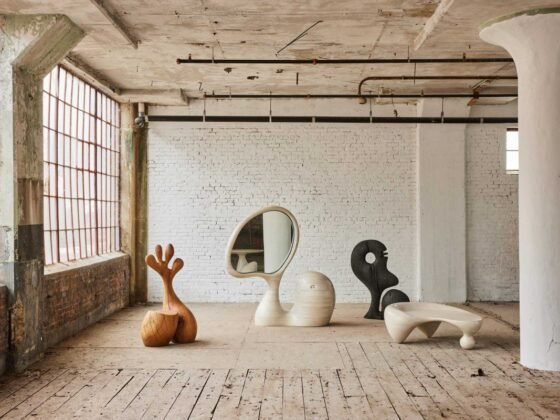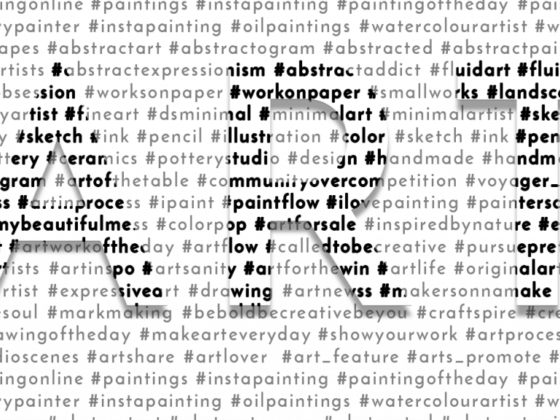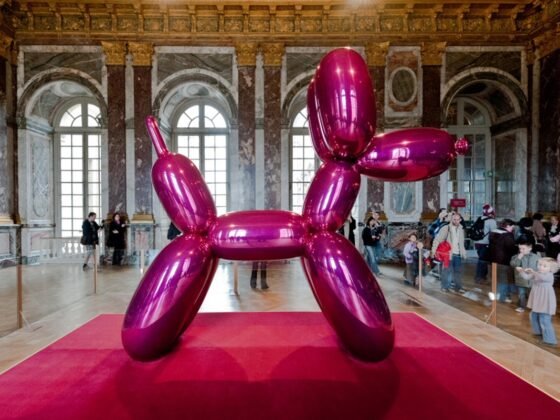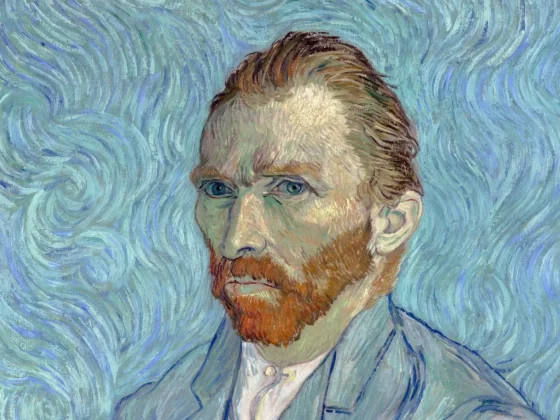Art has always been a reflection of the times, a canvas upon which society’s ideas, emotions, and aspirations are portrayed. In the contemporary art world, a dynamic tapestry of trends has emerged, showcasing the ever-evolving nature of human creativity. Let’s delve into some of the vibrant art trends shaping the current artistic landscape.
1. Digital Art Takes Center Stage
The digital revolution has unleashed a new era of artistic expression. Digital art, including digital painting, 3D modeling, and interactive installations, has become a prominent trend. Artists now harness the power of technology to create immersive, interactive, and thought-provoking works that challenge our perceptions of reality and imagination.
2. NFT Art: The Blockchain Art Revolution
Non-fungible tokens (NFTs) have disrupted the art world by providing a secure and transparent platform for buying and selling digital art. Artists can now tokenize their work, offering unique ownership and authenticity in the digital realm. NFT art has created a vibrant online marketplace and sparked debates about the value and ownership of digital art.
3. Environmental Art: Sustainability in Creativity
As the world grapples with environmental challenges, artists are responding with eco-conscious creations. Environmental art, often in the form of installations or sculptures, draws attention to ecological issues, encourages sustainability, and prompts viewers to contemplate their relationship with nature.
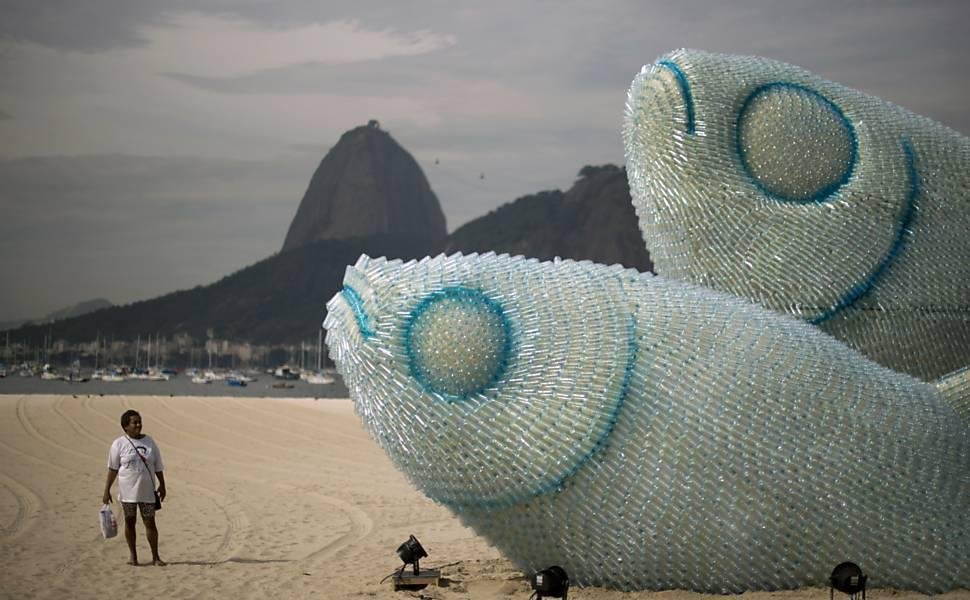
4. Artivism: Activism Through Art
Art has long been a vehicle for social and political commentary, but in recent years, artivism has gained prominence. Artists are using their work to shed light on important issues such as racial injustice, climate change, and human rights. Artivist pieces not only engage the viewer emotionally but also call for action and change.
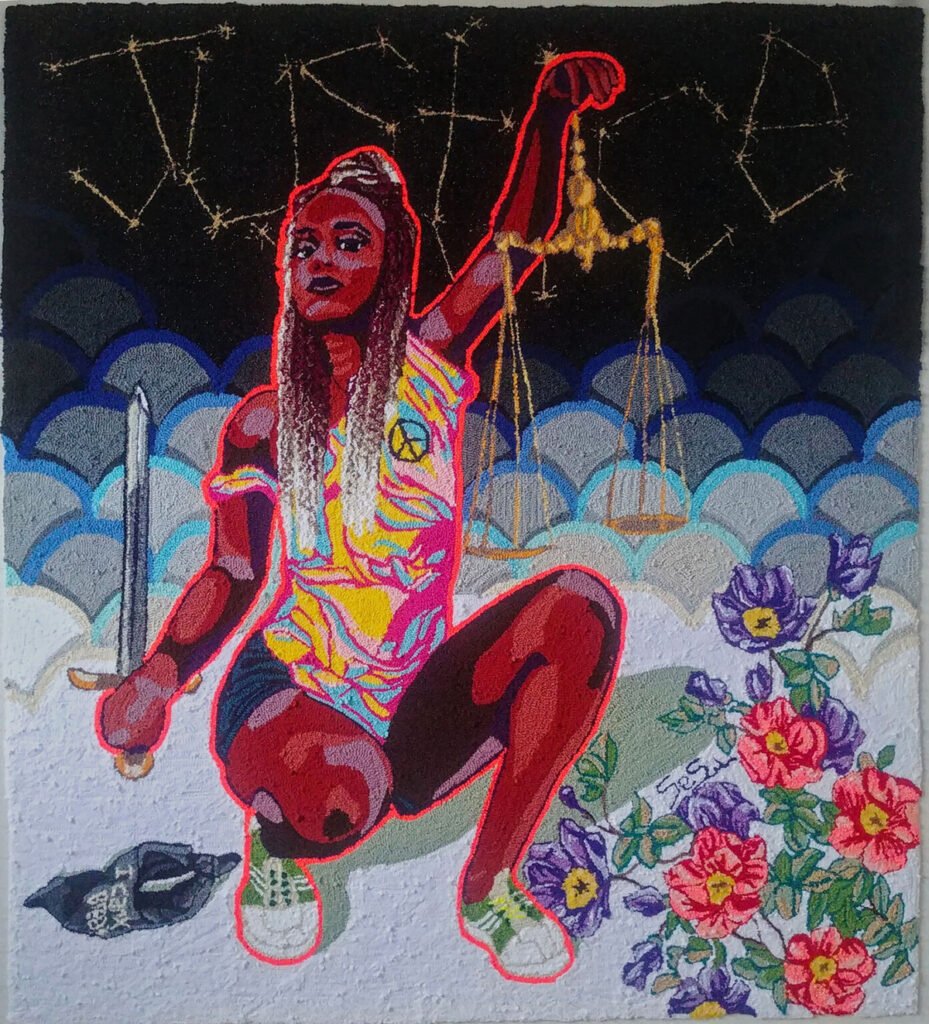
5. Neo-Expressionism: The Revival of Emotion
Neo-Expressionism is experiencing a resurgence as artists revisit the emotive and raw qualities of the original movement. Bold brushwork, vibrant colors, and an emphasis on individual expression characterize this trend. Neo-expressionist works often explore complex, personal narratives.

6. Diverse Voices and Inclusivity
In the spirit of diversity and inclusivity, contemporary art has been embracing a broader range of voices. Artists from marginalized communities and underrepresented backgrounds are gaining visibility, challenging traditional norms, and enriching the art world with new perspectives.
7. Art Technology: AI and Machine Learning
The fusion of art and technology extends beyond digital art. AI and machine learning are being used to create art, compose music, and even curate exhibitions. This trend not only stretches the boundaries of creativity but also prompts a reevaluation of the role of human artists in an increasingly automated world. In encouraging news for digital artists, enter Nightshade, an innovative tool developed at the University of Chicago. This tool is not launched yet, but it should empower artists in securing their creations before sharing them online. Through subtle, imperceptible alterations, Nightshade strategically “poisons” digital images, fortifying pixels and acting as a defence against potential misinterpretation by AI algorithms.
8. Hybrid Media and Cross-Disciplinary Art
Artistic boundaries are blurring as artists experiment with hybrid media and cross-disciplinary approaches. These works often combine elements from various art forms, such as mixing painting with sound, sculpture with virtual reality, or dance with installation art.

9. Art in Public Spaces: Street Art and Murals
Street art and large-scale murals have gained recognition as legitimate art forms. Cities around the world are embracing public art to enliven urban spaces, tell stories, and convey social or political messages.

10. Retro and Nostalgia Art
Amidst the fast-paced digital age, there’s a trend for nostalgia and retro art. Artists draw inspiration from past decades, reimagining vintage aesthetics with a contemporary twist. This trend celebrates the comfort of familiar styles and motifs.
In the ever-evolving world of contemporary art, these trends reflect not only the technical innovations but also the socio-cultural and political dynamics of our time. As artists continue to push boundaries and challenge conventions, the art world remains a vibrant and evolving testament to human creativity and expression.


